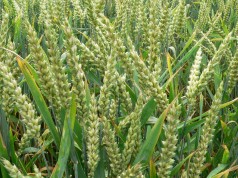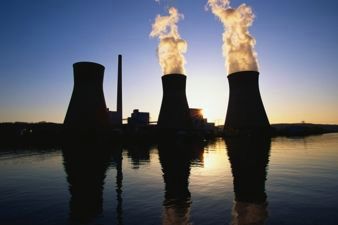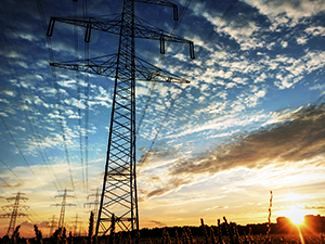Global Atmosphere and Cryosphere
- A wide range of observations show that the global climate system continues to warm.
- It is extremely likely that the dominant cause of recent warming is human-induced greenhouse gas emissions and not natural climate variability.
- Ice-mass loss from the Antarctic and Greenland ice sheets has accelerated over the past two decades.
- Arctic summer minimum sea ice extent has declined by between 9.4 and 13.6 per cent per decade since 1979, a rate that is likely unprecedented in at least the past 1,450 years.
- Antarctic sea ice extent has slightly increased by between 1.2 per cent and 1.8 per cent per decade since 1979.
Oceans
- The Earth is gaining heat, most of which is going into the oceans.
- Global mean sea level increased throughout the 20th century and in 2012 was 225 mm higher than in 1880.
- Rates of sea level rise vary around the Australian region, with higher sea level rise observed in the north and rates similar to the global average observed in the south and east.
- Ocean acidity levels have increased since the 1800s due to increased CO2 absorption from the atmosphere.
Greenhouse Gases
- Atmospheric greenhouse gas concentrations continue to increase due to emissions from human activities, with global mean CO2 levels reaching 395 ppm in 2013.
- Global CO2 emissions from the use of fossil fuel increased in 2013 by 2.1 per cent compared to 3.1 per cent per year since 2000.
- The increase in atmospheric CO2 concentrations from 2011 to 2013 is the largest two-year increase ever observed.
Future Climate Scenarios for Australia
- Australian temperatures are projected to continue to increase, with more hot days and fewer cool days.
- A further increase in the number of extreme fire weather days is expected in southern and eastern Australia, with a longer fire season in these regions.
- Average rainfall in southern Australia is projected to decrease, with a likely increase in drought frequency and severity.
- The frequency and intensity of extreme daily rainfall is projected to increase.
- Tropical cyclones are projected to decrease in number but increase in intensity.
- Projected sea level rise will increase the frequency of extreme sea level events.
Check the following links to read/download the Full Report:
http://www.csiro.au/en/Outcomes/Climate/Understanding/State-of-the-Climate-2014.aspx
and
http://www.bom.gov.au/state-of-the-climate/
Source: Bureau of Meteorology and CSIRO.



















